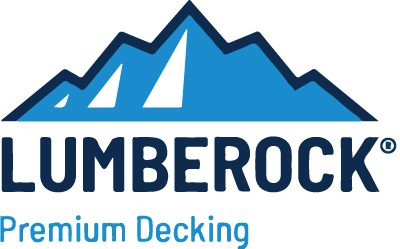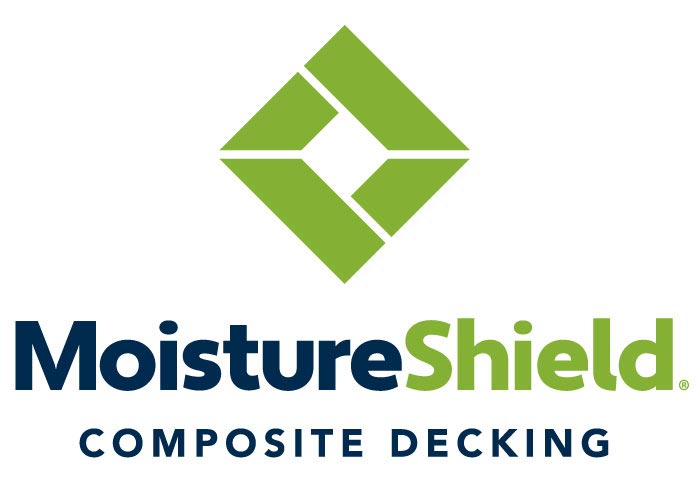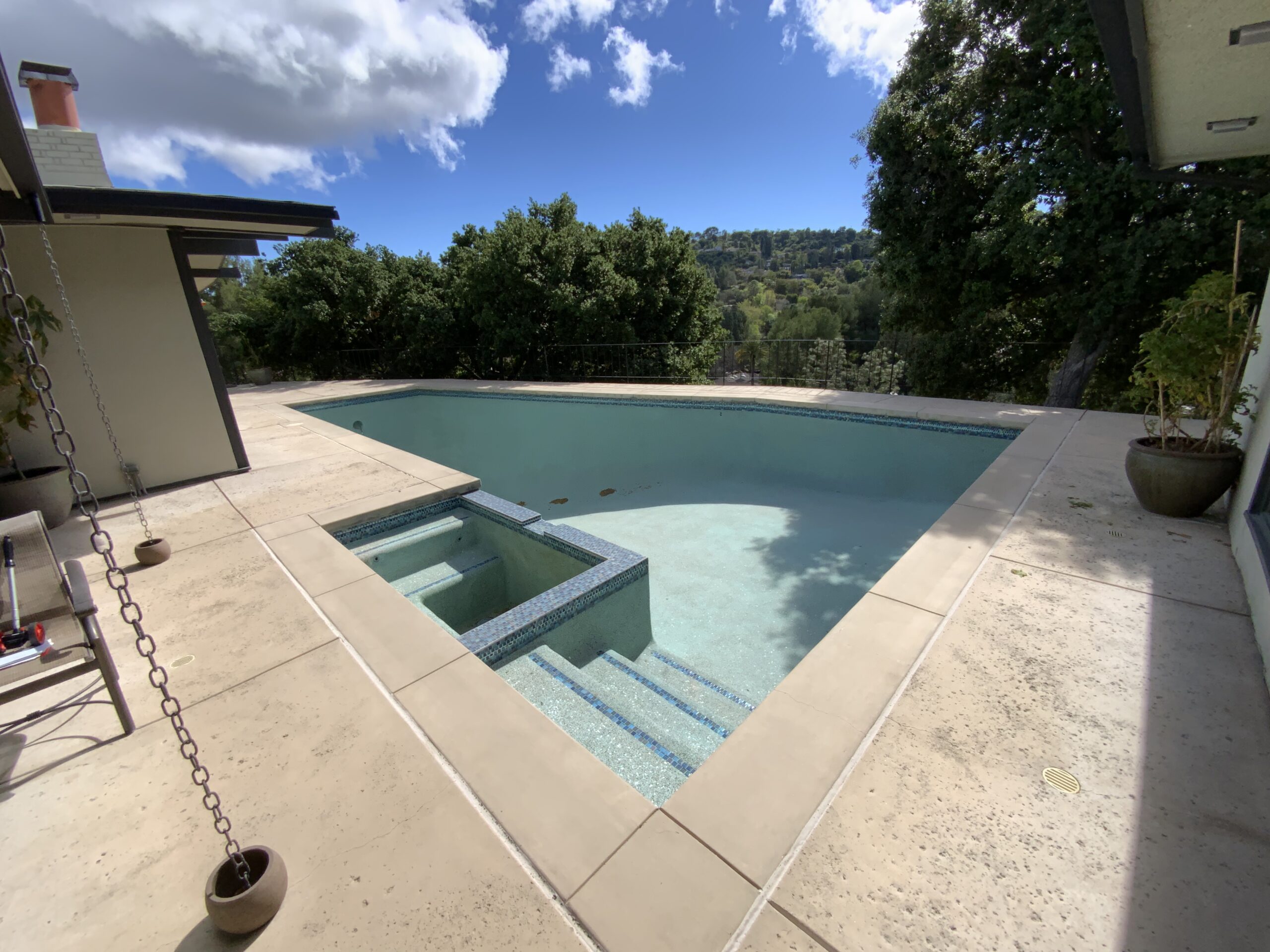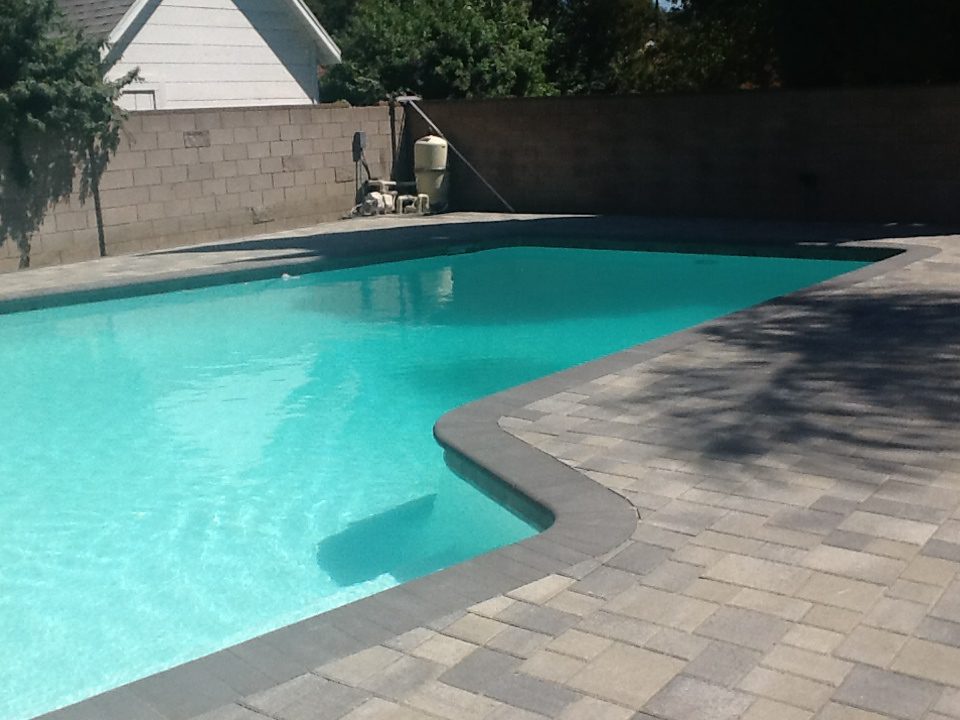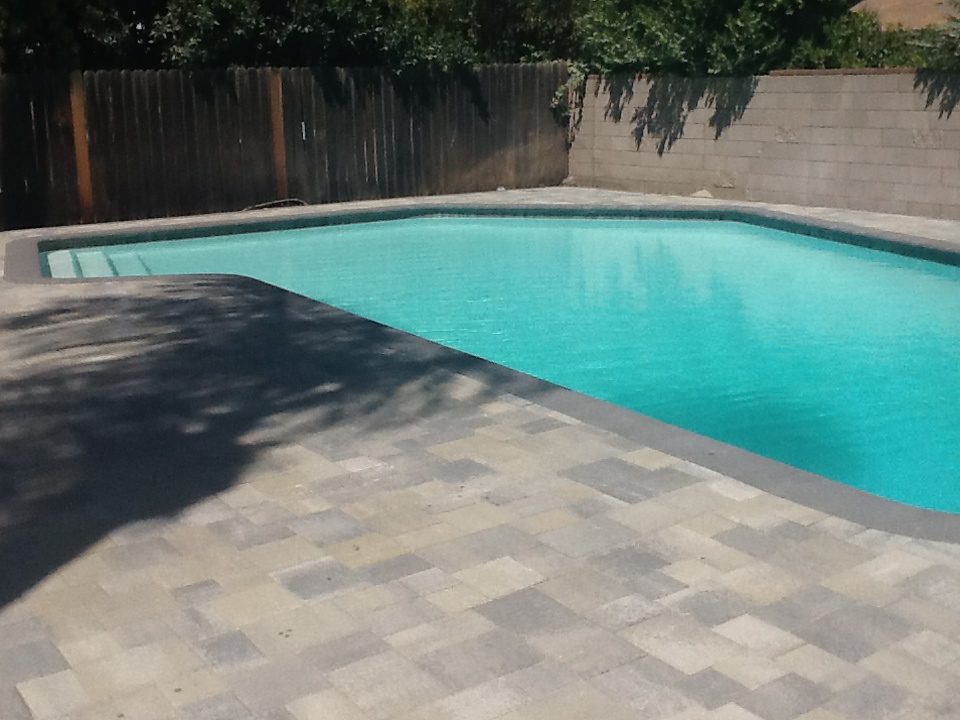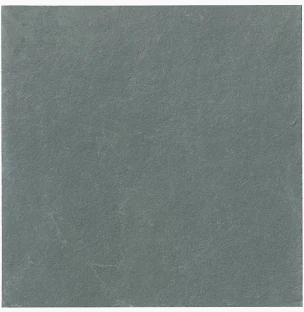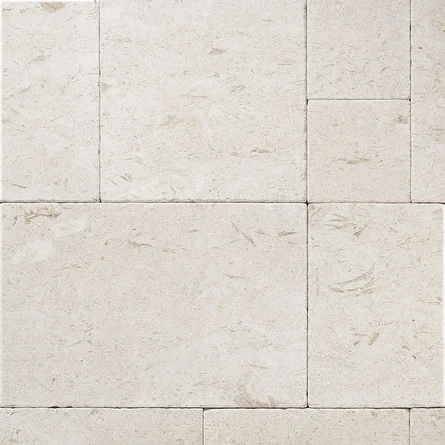Decks | Tile | Pavers | Steps | Benches | Walls

Pool Hardscape
Capped Composite Decking
Composite decking offers low maintenance requirements, durability, a wide range of aesthetics, sustainability, safety features, and longevity. It provides a reliable and attractive alternative to traditional wood decking, allowing homeowners to enjoy their outdoor living spaces without the need for extensive maintenance or worry about common issues associated with wood.
Learn More
Low Maintenance
One of the main advantages of composite decking is its low maintenance requirements. Unlike traditional wood decking that needs regular staining, sealing, and painting, composite decking is highly resistant to fading, staining, and mold growth. It does not require sanding or refinishing, making it an attractive option for homeowners looking for a hassle-free decking solution.
Durability
Composite decking is highly durable and built to withstand the elements. It is resistant to rotting, splintering, warping, and cracking, which can be common issues with traditional wood decking. The combination of wood fibers and plastic polymers creates a strong and stable decking material that can withstand heavy foot traffic, harsh weather conditions, and exposure to UV rays.
Aesthetics
Composite decking is available in a wide range of colors, finishes, and textures, allowing homeowners to choose a style that suits their preferences and complements their outdoor space. It can mimic the appearance of natural wood, offering the warmth and beauty of wood decking without the maintenance drawbacks. Additionally, composite decking is designed to have a consistent color and pattern, ensuring a uniform look across the entire deck.
Safety
Composite decking is designed with safety in mind. It typically has a slip-resistant surface, providing better traction even when the deck is wet. This feature is particularly important for pool decks, decks in humid climates, or areas prone to rain. Additionally, composite decking does not splinter like traditional wood, reducing the risk of injury from sharp edges or splinters.
Longevity
Composite decking is known for its long lifespan. With proper installation and maintenance, composite decking can last significantly longer than traditional wood decking. It is designed to resist fading, staining, and deterioration over time, ensuring that the deck retains its beauty and functionality for many years.
Sustainability
Many composite decking brands incorporate recycled materials into their products, making them an environmentally friendly option. By using recycled wood fibers and plastic polymers, composite decking helps reduce the demand for new timber resources and diverts plastic waste from landfills. Furthermore, composite decking does not require the use of harmful chemicals or treatments typically associated with traditional wood decking.
Brands We Carry
Composite Material
Premium Decking Material
Budget Friendly
We Can Help You Choose Budget Friendly Options
Driveways
We install concrete and all types of masonry and composite material on driveways and backyards.
Topsoil
A layer of quality top soil is placed above the aggregate fill and contained by the masonry
Filter
Filter fabric prevents growth of weeds and soil erosion while allowing for water drainage
Aggregate
A layer of crushed rocks or gravel fills up the space inside the wall and promotes drainage
Masonry
The structure. of the retaining wall is made from reinforced concrete or stones
Drain
PVC pipe exits the bottom of the wall to allow proper drainage
Barbecue

Any Style Any Design Any Type of Masonry or Tile
A typical outdoor built-in barbecue area is a carefully designed and functional space that brings the joy of cooking and entertaining outdoors.
Learn More
Design
A typical outdoor built-in barbecue area is a carefully designed and functional space that brings the joy of cooking and entertaining outdoors. It usually consists of a designated cooking area, a countertop or preparation surface, storage cabinets or shelves, and seating or dining arrangements. The centerpiece of the area is a built-in grill, often accompanied by other cooking appliances such as a side burner or a smoker.
Construction
The cooking area is typically constructed with durable materials like stainless steel or stone, ensuring longevity and resistance to outdoor elements. The countertop provides ample space for food preparation, while the storage cabinets or shelves offer convenient storage for utensils, cooking tools, and other supplies. The seating or dining arrangements can range from simple benches or stools to complete outdoor dining sets, creating a comfortable and inviting atmosphere for guests.
Additional Amenities
Additionally, the barbecue area may include other amenities such as a sink, refrigerator, or outdoor lighting to enhance functionality and convenience. With a well-designed outdoor built-in barbecue area, homeowners can enjoy the pleasure of outdoor cooking, socializing, and creating lasting memories with family and friends.
Custom Installed Fire Pits
Raised and Sunken
All Styles Available. Find the model that is Right for You
Learn More
Fire Pit Structure
Outdoor fire pits can be constructed using various materials such as stone, brick, metal, or concrete. The structure may be built directly into the ground or raised above the ground with a base or legs. The chosen materials and design can create a range of aesthetic styles, from rustic and natural to modern and sleek.
Bowl or Pit
he fire bowl or pit is the central area where the fire is contained. It is typically lined with a fireproof material, such as fire-rated brick or metal, to protect the surrounding structure and ensure safe combustion. The size of the fire bowl can vary, accommodating small or large fires depending on the desired heat output and ambiance.
Grate or Screen
Some fire pits include a fire grate or screen that sits inside the fire bowl. The grate helps elevate the wood or fuel above the base, promoting airflow and efficient burning. A screen, on the other hand, can be used to contain sparks and embers, enhancing safety during use.
Fuel Source
Outdoor fire pits can burn various fuels, including wood, natural gas, propane, or gel fuel. Wood-burning fire pits provide a traditional and authentic campfire experience, while gas or propane fire pits offer convenience, control, and easy ignition. Gel fuel fire pits provide a clean-burning and odorless option.
Seating
Many outdoor fire pits are designed with surrounding seating areas to provide a cozy and inviting space for people to gather. This seating can be integrated into the structure of the fire pit or consist of separate chairs, benches, or built-in stone seating. Comfortable seating encourages relaxation and social interaction around the fire.
Safety
Safety is a crucial consideration when using an outdoor fire pit. Some fire pits may include safety features like spark guards, safety screens, or fire extinguishers nearby. It’s important to follow local fire safety regulations and guidelines, including keeping a safe distance from flammable materials and never leaving the fire unattended.
Drainage
Purpose
The primary purpose of drainage in hardscape is to redirect and control the flow of water.
Problems
Without adequate drainage, water can collect and pool on the surface, leading to a range of issues. Prolonged exposure to standing water can cause damage to the hardscape materials, such as cracking, heaving, or deterioration. It can also create safety hazards by making surfaces slippery and increasing the risk of accidents.
Protection
Proper drainage helps prevent erosion and moisture-related problems. It ensures that water is efficiently channeled away from the hardscape, reducing the potential for soil erosion and the weakening of the foundation. Drainage systems also help protect adjacent structures, such as buildings or retaining walls, by diverting water away from their foundations and preventing water infiltration.

Materials
Hardscape Services
Retaining Walls
Wall Repair or Rebuild
Concrete
Natural Stone
Handcrafted Stone
Outdoor Elements
Barbecue
Benches
Pillar
Gazebo
Ramada
Synthetic Turf
Retaining Walls
Wall Repair or Rebuild
Concrete
Natural Stone
Handcrafted Stone
Outdoor Elements
Barbecue
Benches
Pillar
Gazebo
Ramada
Synthetic Turf
Hardscape Styles
Hardscape Deck Color Options

Gray

White

Tan

Black
Turf Pavers


Turf Grow 2-Tone

Turf Grow S50

Turf Grow Putt

Turf Grow S90
Height Variations



Stair Construction
The process of stone stair construction involves several key steps to create a durable and aesthetically pleasing staircase.
Learn More
Planning & Design
Before starting the construction, it’s essential to plan and design the stairs according to the specific requirements and available space. Consider factors such as the desired number of steps, the height and width of each step, the slope of the stairs, and any local building codes or regulations that need to be followed.
Excavation & Foundation
Start by excavating the area where the stairs will be constructed. Ensure the ground is level and compacted properly. Next, create a solid and stable foundation using a layer of compacted gravel or crushed stone. This provides a stable base for the stairs and helps with drainage.
Form Work
Construct formwork or molds along the sides of the stairs to define the shape and dimensions of each step. The formwork is typically made of wood or metal and should be sturdy and properly aligned.
Concrete or Stone
For concrete stairs, mix and pour the concrete into the formwork, ensuring it fills the entire space and is evenly spread. Smooth the surface with a trowel and ensure proper alignment and leveling of each step. For stone stairs, place and secure the stone slabs or treads one by one, ensuring they are level and properly spaced.
Curing & Finishing
Allow the concrete to cure according to the manufacturer’s instructions. This typically involves keeping the concrete moist and protected from extreme temperatures for a certain period. During this time, any desired finishing touches can be added, such as brushed or textured surfaces, decorative patterns, or color enhancements.
Handrails
Install handrails on the sides of the stairs for safety and support. Handrails can be made of various materials, such as metal or wood, and should be securely attached to the stairs and comply with local building codes.
Sealing & Maintenance
Once the stairs are completed, consider applying a protective sealant to the surface, especially for concrete stairs, to enhance durability and resistance to staining or weathering. Regular maintenance, including cleaning and repairing any cracks or damage, will help prolong the life of the stairs.
Shop

Tile

Barbecue

Fire Pits

Features

Coping
FAQs
What is hardscape?
Hardscape refers to the inanimate, hard elements in landscape architecture. This includes structures like patios, driveways, walls, walkways, and other masonry works made from materials such as stone, concrete, brick, and metal.
How much maintenance does hardscaping require?
Hardscape features generally require less maintenance than softscape elements. However, they still need occasional cleaning, sealing, or minor repairs to maintain their appearance and functionality.
How do I choose the right contractor for my hardscaping?
Look for contractors with extensive experience in hardscaping, good customer reviews, and a portfolio of completed projects. Make sure they are licensed and insured, and always get a written estimate and contract.
Recent Articles
The Lifespan Saver: The Importance of Timely Swimming Pool Plaster Repair
When it comes to your backyard oasis, the sparkling blue waters of your swimming pool are the core of relaxation and enjoyment. However, over time, wear and tear on the pool plaster can compromise both its aesthetic appeal and structural integrity. At CPR Pools LLC,...
Spillways and Spa Walls: Transforming Your Pool into a Stunning Retreat
Looking to transform your pool into a stunning retreat? Adding a spa spillway or spa wall can give your pool the upgrade it needs. Not only do these features enhance the overall aesthetics of your backyard oasis, but they also provide relaxation and tranquility for...
Pool Plumbing and Equipment- The Essential Guide for Your Pool or Spa
From Design to Reality: Pool Plumbing and Equipment in Construction Are you a homeowner in California with dreams of having your own swimming pool or spa? If so, it's important to understand the ins and outs of pool plumbing and equipment. From water jets to solar...
Contact Us
Request an appointment in person or by phone
call or text 818-792-5020

Contact Us
Call or text 818-792-5020











